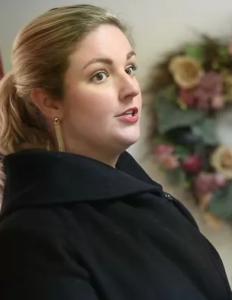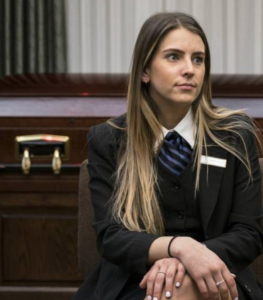As in every aspect of life, women are starting to make their presence known in the funeral industry. It’s not what you would call a groundswell (or underground swell), but according to MarketWatch.com, we’re moving to a point where most likely, your funeral director will be female.
The National Funeral Directors Association reports that 16% of its current membership is female, up from 10% in 2004. But the real change can be seen in in college Mortuary Science courses, where women outnumber the men 61% to 49%. Angela Woolsey, an instructor at the University of Minnesota’s Department of Mortuary Science, sees this as a logical development. “Preparing for a service is like being a project manager or an event planner,” she told Market Watch. ” It’s a job that requires communication skills and the ability to multitask, two areas where we know women excel.”
The change can be seen at the John W. Keffer Funeral Homes & Crematory in York, Pennsylvania, where Emma and Grace are planning to become the third generation of Keffers in the funeral business. Emma told the York Evening Sun that joining the 50-year-old family business was an easy choice. “We’re not scared or afraid of the whole idea of death,” she explained, “but we know that people need help understanding it.”


Jan Smith, spokeswoman for the National Funeral Directors Association, thinks “women bring a level of compassion” to the job. “For me to sit down with a mother who lost her child, I can connect on a different level than a man can, just being a mother myself.”
The Globe and Mail interviewed a number of young women who are planning to go into the funeral industry, including Alyssa Komar, 24, a licensed funeral director for Ogden Funeral Home in Toronto. She decided to go into the business after an unhappy experience with her father’s funeral. “I’m a natural perfectionist and when my dad died, there were a lot of things about his funeral that I didn’t necessarily like,” she says. “On my dad’s prayer cards, the date of his death was wrong.” While she sees a change in the way the industry treats women, she admits there’s still a problems. “Our industry is so traditionally run by men and they are old school. We need to wear heels and pantyhose, we need to wear a skirt, our hair needs to be done nicely … Is it fair that men can wear pants and comfy shoes all day when we’re stuck wearing pantyhose and heels and a skirt?”

Leave a Reply